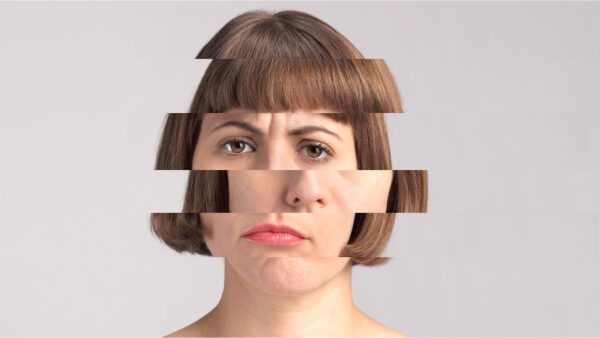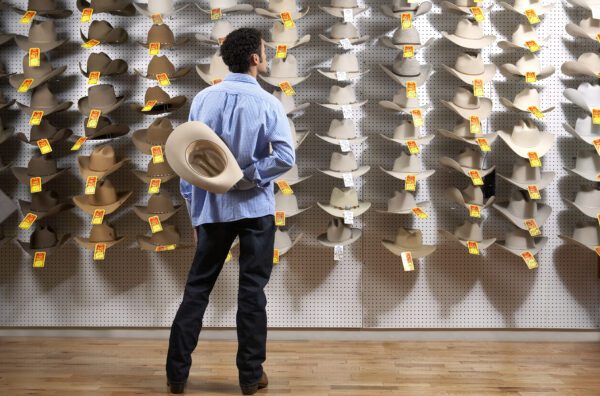In order to connect with an audience, understanding how people perceive and respond to certain colors is important. The colors you choose to brand your company, product or service can greatly impact success. The color palette should be consistent throughout all brand elements such as the logo, packaging, digital environment and all marketing materials.
Choosing a color that sets you apart from the competition and that represents your brand essence is crucial. Colors also play a huge part in memory recall. People associate successful brands with specific colors. Think Coke red and UPS brown.
Last week we spoke about warmer colors and how they are perceived and used in branding. This week, we move to discuss the cooler end of the spectrum.
Blue: Why do so many corporations like, IBM, General Electric, Walmart, AT&T, Proctor & Gamble, Ford, LinkedIn and HP use the color blue? Besides being universally liked as the world’s favorite color, blue is perceived to be trustworthy, fiscally responsible and secure. Blue is the most used color and can portray a sense of calm, tranquility, honor, depth, intellect and productivity. We may be most comfortable with blue because we live on a blue planet surrounded with sky and ocean. Blue isn’t perfect for everything though. Avoid using blue when promoting food or cooking because it is known to suppress the appetite. People eat less food when it is served on a blue plate. This brings new meaning to “blue plate special”. Blue works well with other colors such as orange, white, yellow and gold, green, beige, red and black.
Green: Green has a variety of meanings. The movement towards an environmentally friendly lifestyle has increased the use of lighter and truer greens. Green can signify growth, eco-friendly, health, freshness, organic and nature. Consider when using it that it could associate your product or company with environmental consciousness. Green is easy on the eye and creates a peaceful, calming feeling. A darker green color can be associated with money, wealth and prestige. Green is also a recessive color, meaning it does not jump off of shelf or table when used for packaging. Adding yellow helps the color to progress, such as lime green. Green is also the third favorite color in world. It is hard to go wrong with green. It is however, a more difficult color to print accurately if you are planning on using it for marketing materials.
Violet: This blend of red and blue makes for a color that encourages creativity. Violet is a favorite among creative types and children. The color can trigger an audience physically by calming the mind and nerves, uplifting emotional state and offering a sense of spirituality. It is sometimes called the color of imagination and the psyche. Violet and other shades of purple have been historically used to symbolize royalty, power and wealth. Be cautious using too much of it as it can have a psychically disturbing effect if viewed too long or at great quantity. It is best used as accent color or when blended into a palette of other colors.
Check back for how black, white, grey and brown can emotionally affect an audience next week!









